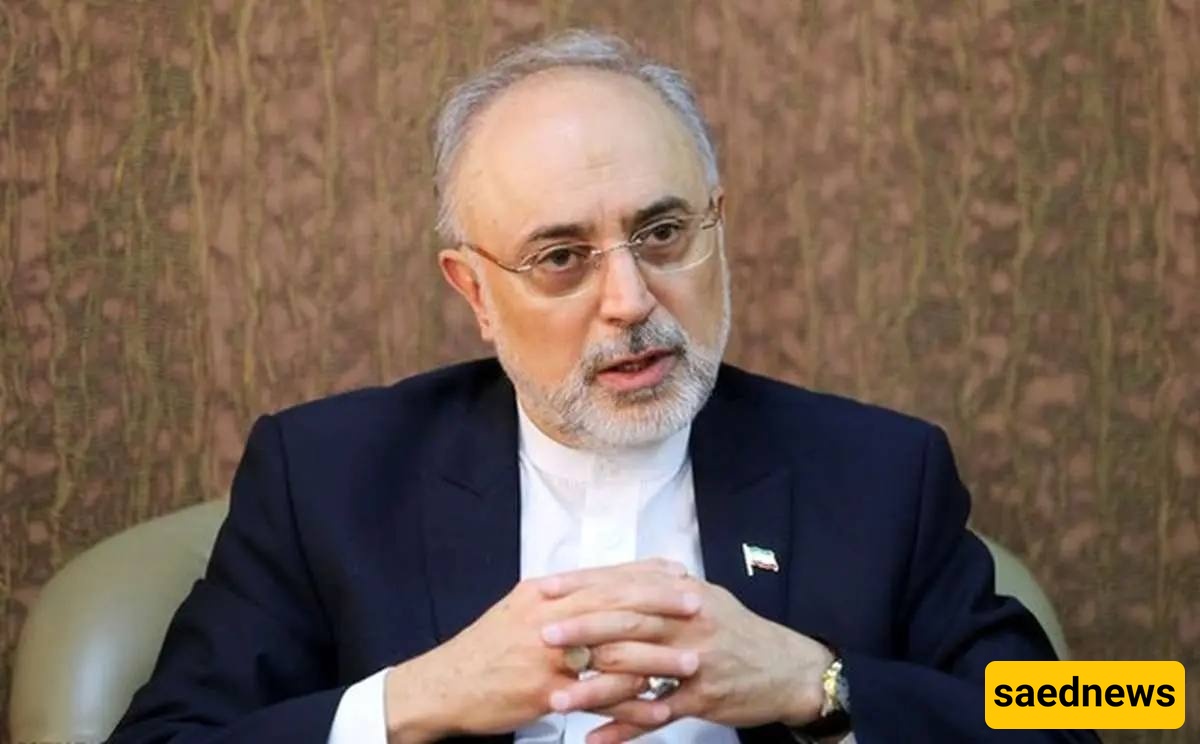SAEDNEWS: Ali Akbar Salehi, Iran’s former nuclear chief, endorsed a renewed version of the nuclear fuel consortium initiative aimed at regional cooperation in the Middle East—excluding any state possessing or seeking nuclear weapons—as a means to ensure non-proliferation.

According to Saed News, Ali Akbar Salehi, speaking about Mohammad Javad Zarif’s idea, stated:
"In reality, this idea is a reimagining of the same consortium proposal, presented in a new form. Its aim is to encourage regional cooperation and collective participation of Middle Eastern countries—excluding any party that possesses or seeks to possess nuclear weapons. The mechanism is essentially designed to guarantee the non-proliferation of nuclear arms among its member states."

Dr. Ali Akbar Salehi further added:
"Perhaps one of the core features of this plan is the public participation in research and development, along with the inclusion of all member states in the production of nuclear fuel. Under this framework, each country involved would take responsibility for a part of the nuclear fuel production process."
As reported by Saed News, quoting Ham-Mihan newspaper:
"This idea, in essence, is a renewed form of the consortium proposal that seeks to promote regional cooperation and collective engagement among Middle Eastern nations—again, with the exception of any country that possesses or aspires to possess nuclear weapons. The main objective remains the prevention of nuclear weapons proliferation among the member states."
He explained that:
"All such proposals revolve around the consortium idea. Some believe a practical solution might be that each country within the mechanism is responsible for a segment of the nuclear fuel cycle. For instance, Country A could handle the supply of natural uranium, Country B could manage its conversion to uranium hexafluoride gas, Country C could enrich the gas into uranium, and Country D could produce fuel rods from it. These are among the various suggestions currently being considered."

